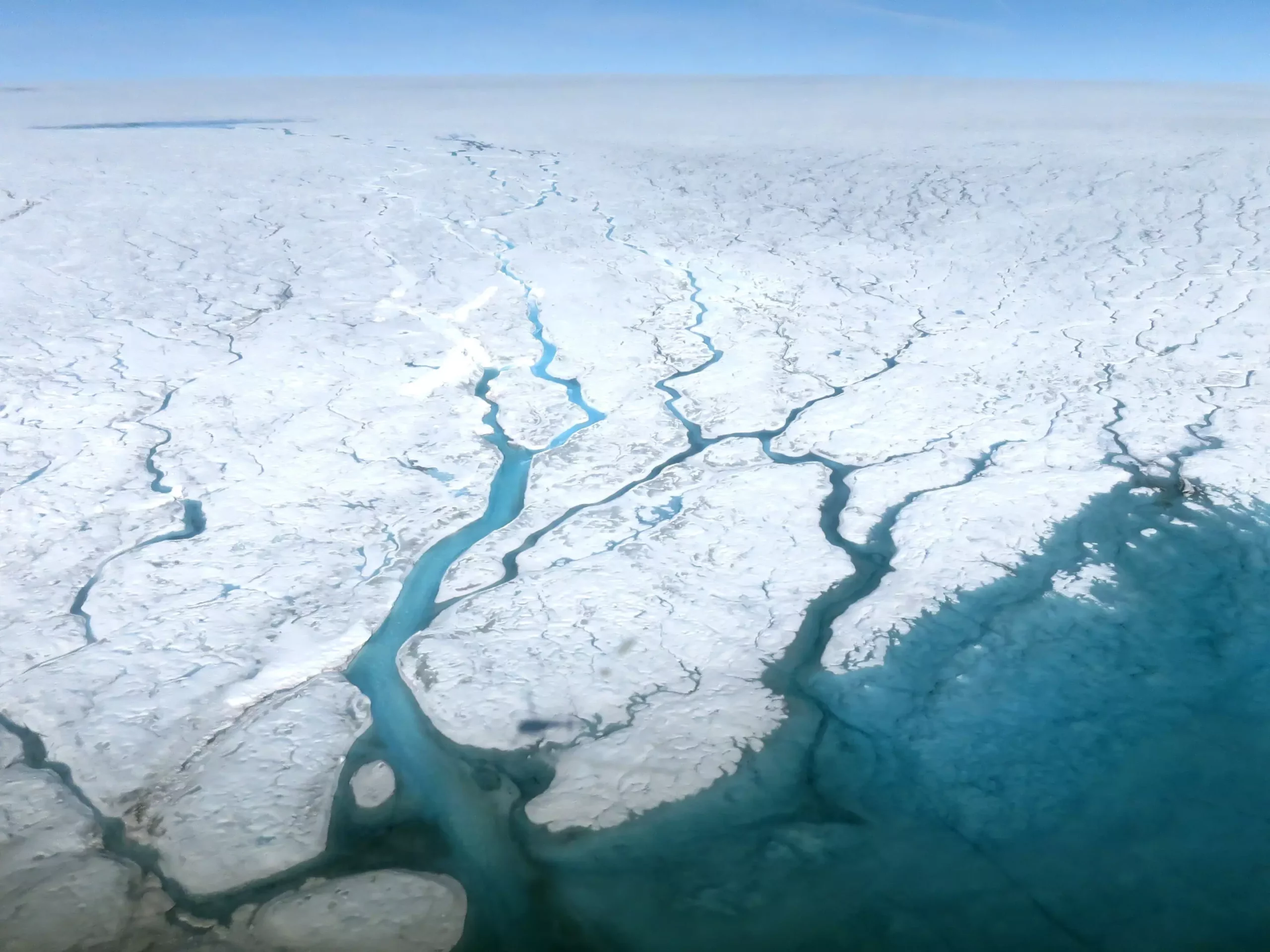Recent advancements in ice sheet research have illuminated a previously obscured mechanism influencing how meltwater interacts with ice formations, which is integral to accurate sea level rise projections. Collaborating researchers from The University of Texas at Austin, NASA’s Jet Propulsion Laboratory (JPL), and the Geological Survey of Denmark and Greenland (GEUS) have unveiled insights that elucidate the formation of impermeable ice layers beneath the surface of ice sheets. This research is crucial because it helps reveal how much meltwater contributes to rising sea levels—an urgent issue as climate change accelerates.
Graduate student Mohammad Afzal Shadab, under the mentorship of prominent scholars Marc Hesse and Cyril Grima from UT’s Jackson School of Geosciences, has spearheaded the research, recently published in *Geophysical Research Letters*. This study not only contributes to the scientific understanding of climate dynamics but also underscores the complexities intrinsic to ice sheet melt behaviors.
The Greenland and Antarctic ice sheets host the world’s largest reservoirs of freshwater. A layer of old snow, known as firn, resides above solid ice. The porous quality of firn allows meltwater to drain through it and refreeze rather than flowing directly into the ocean, effectively regulating meltwater runoff. Traditionally, existing models indicated that this drainage could decrease the volume of meltwater reaching sea level by nearly 50%. Yet, Shadab points out an additional factor—the capacity for firn to form impermeable ice layers, which can actually facilitate the diversion of meltwater toward the sea, intensifying the impacts of meltwater on rising sea levels.
The complexity of this ice layer formation process indicates a dual nature where meltwater can either be absorbed by the firn or serve as a contributor to sea level rise, depending on the conditions. This multifaceted interaction necessitates a refined approach to modeling and predicting sea level changes as the climate warms.
The researchers have posited that ice layer formation is contingent upon a competition between warmer meltwater descending through the firn (advection) and the cooling effects of existing ice (heat conduction). The balance between these two forces delineates the stratification of firn into layers of ice. Shadab noted that understanding the dynamics of this mechanism enables more precise predictions regarding the retention abilities of meltwater within firn, a significant advancement in climate modeling.
Previously, hydrological models did not account for this nuanced interaction effectively. The researchers scrutinized data collected from a field study in Greenland, where thermometers and radar measured meltwater movement. Their refined model successfully reconciled earlier discrepancies found in traditional hydrological assessments.
The depth at which these ice layers form provides essential clues to historical thermal conditions. The study discovered that, under warming trends, ice layers tend to form further down in the firn, while under cooler conditions, they manifest closer to the surface. This chronological layering functions as a historical archive, indicating the temperature conditions during the period of formation. These findings highlight the adaptability of ice sheets and consider them as dynamic elements rather than static ones in the climate system.
As the contributions of the Greenland ice sheet—a staggering 270 billion tons of water yearly—outpace those of Antarctica’s 140 billion tons, it has become increasingly evident how vital it is to understand these mechanisms. Current predictions for anticipatory sea level rise by 2100 vary widely from 5 to 55 centimeters, largely due to the complexity of ice dynamics and the role of ice layers.
This research emphasizes the necessity for continuously evolving climate models capable of accounting for the latest findings in glaciology and hydrology. Conventional models have often oversimplified the intricacies involved in the formation and impact of ice layers on meltwater dynamics. As Edhikari stated, the implications of this nuanced understanding could redefine the projections of sea level rise, making future assessments more robust and reliable.
As we move forward in a warming world, this critical research lays the groundwork for more comprehensive climate assessments, ensuring that our predictions regarding sea level rise are informed by the most accurate and profound understanding of ice dynamics we have at our disposal. It is clear that we must embrace complexity to tackle one of the most pressing global challenges of our time effectively.

